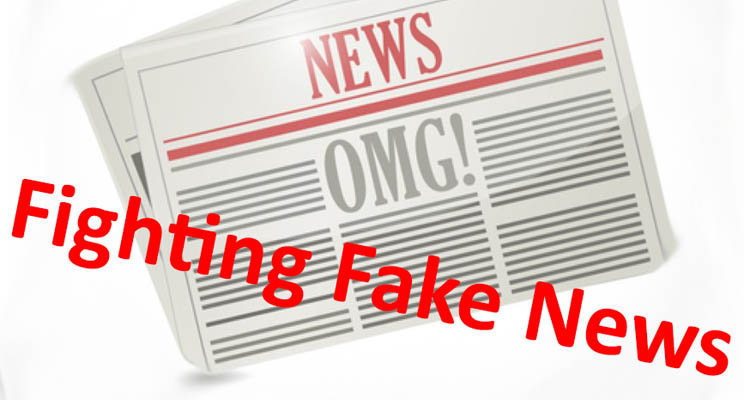


Lies, Propaganda, Fake News and You: The Next Crisis Management Challenge
[by Scott Juba and Howard Fencl] First, it was simply called “lying.” Then, it evolved into “propaganda.” Then “disinformation.” For whatever reason, the term has been further sanitized as “fake news.” Whatever you call it, it’s all bad news for organizations whose reputation is under attack.
Right now, Facebook is at the vertiginous epicenter of the “fake news” hullaballoo, given how many false stories were shared using Facebook during the election. Also, as Poynter reported, a recent review by analytics company Jumpstart suggests that some of the biggest hyperpartisan and fake news sites are heavily dependent on Facebook for their traffic. During the period studied, some of those sites received 80 percent of their unique visitors from Facebook. That’s a far higher percentage of unique visitors than CNN or the New York Times received from Facebook during the same period.
Facebook co-founder Mark Zuckerberg shirked responsibility for lie-promulgating algorithms, falling back on the assertion that Facebook is a technology company and not a media company. Few consider that to be a sufficient description of Facebook. Without substantiation, he also stated that “of all the content on Facebook, more than 99% of what people see is authentic.”
However, Zuckerberg also acknowledged that Facebook must try to curb the proliferation of fake news. On posts dated Nov. 12 and Nov. 19, he explained Facebook’s take on fake news, and how the company is trying to tackle the phenomenon.
It’s challenging enough for organizations dealing with angry social media troll posts, but what do you do when false news about your company begins spreading like a virus across the web?
First, remember that you have the high ground of being factually correct. As we know, though, perception is reality. When fake news breaks and starts spiraling out of control, the burden is on to you quickly call out falsehoods on social media and to provide compelling factual evidence to prove why they are not true.
Second, enlist your company’s allies and supporters to share your posts and tweets. If trolls have the echo chamber reverberating with fake news, get a bigger megaphone and shout out the truth as loudly as you can with all the help you can muster. And, when you set the record straight, you can include language such as, “If you have mistakenly shared this false information, we would appreciate it if you create a new post to let your friends and followers know that this story was fake news.”
Third, speed is what you need! We always say speed is a critical factor in social media response, but it is of paramount importance when you respond to a fake news story. The longer a story goes unopposed, the more likely people are to accept it as fact. Of equal importance, the longer you wait to challenge a fake story, the less likely people are to proactively report the story as fake to Facebook.
In most cases, it’s not a good idea to reach out directly to the troll who started your fake news nightmare to correct the record. Don’t expect the retraction or correction you’d get from a traditional journalist. In most instances, that person may not care if the information posted is false or not. They may be publishing content to push a certain point of view and facts be damned. Or, they’re making money posting their invective. Reaching out directly to the source of fake news may have unintended consequences and give them more fodder to post.
Our colleague Thom Fladung recently posted some additional tips to help you deal with fake news. Sadly, as Thom wrote, we have entered a new dawn of “yellow journalism.”
We’re ready to help you fight back. We’re ready to help whenever you’re the target of a disinformation campaign. And we’re glad to discuss how we can integrate a strategic approach to dealing with fake news in your crisis communications plan. Just give us a call at 216-321-7774.